The ibex, sometimes known as the Spanish goat, Capra pyrenaica hispanica, is the most emblematic of Andalucia
By Nick Nutter | Updated 27 Dec 2022 | Andalucia | Parks |
Login to add to YOUR Favourites or Read Later
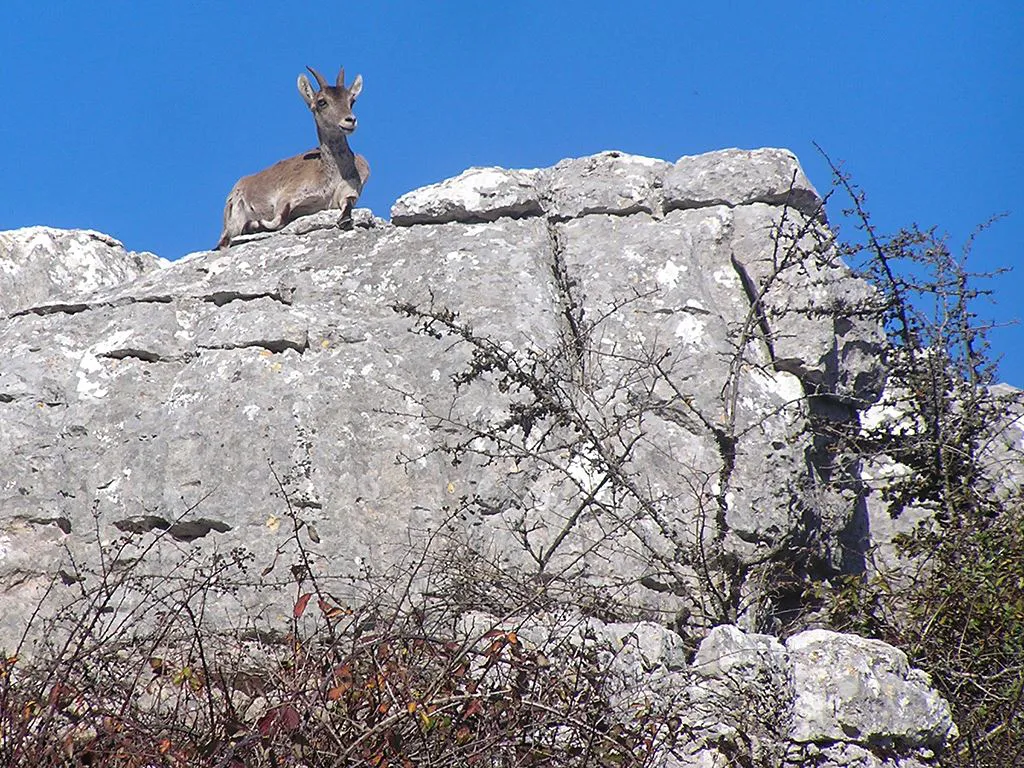
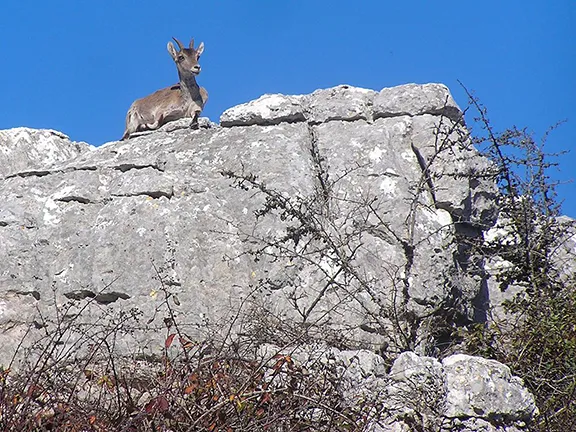
Of all the large wild animals you are likely to spot, the ibex, sometimes known as the Spanish goat, Capra pyrenaica hispanica, is the most emblematic of Andalucia.
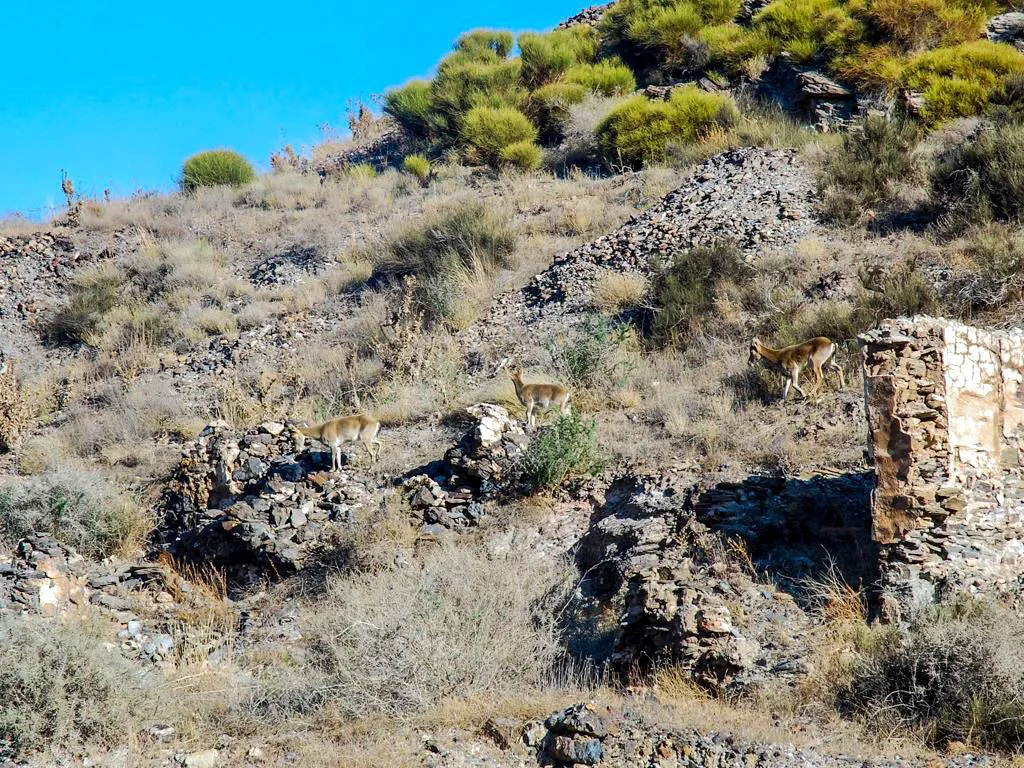
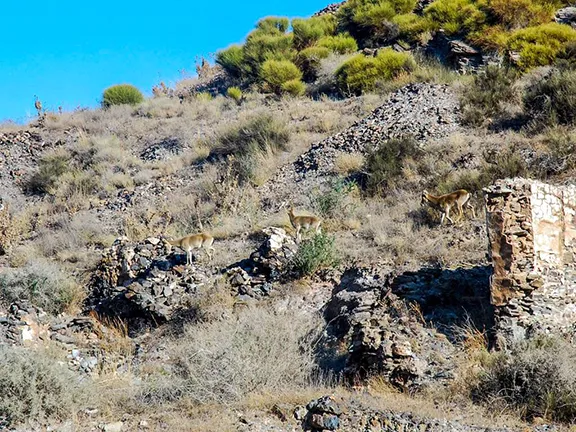
There are over 40,000 ibex in the whole of the Iberian peninsula, three quarters of them live in the mountainous regions of Andalucia and 10% of those may be found in the Serrania de Ronda.
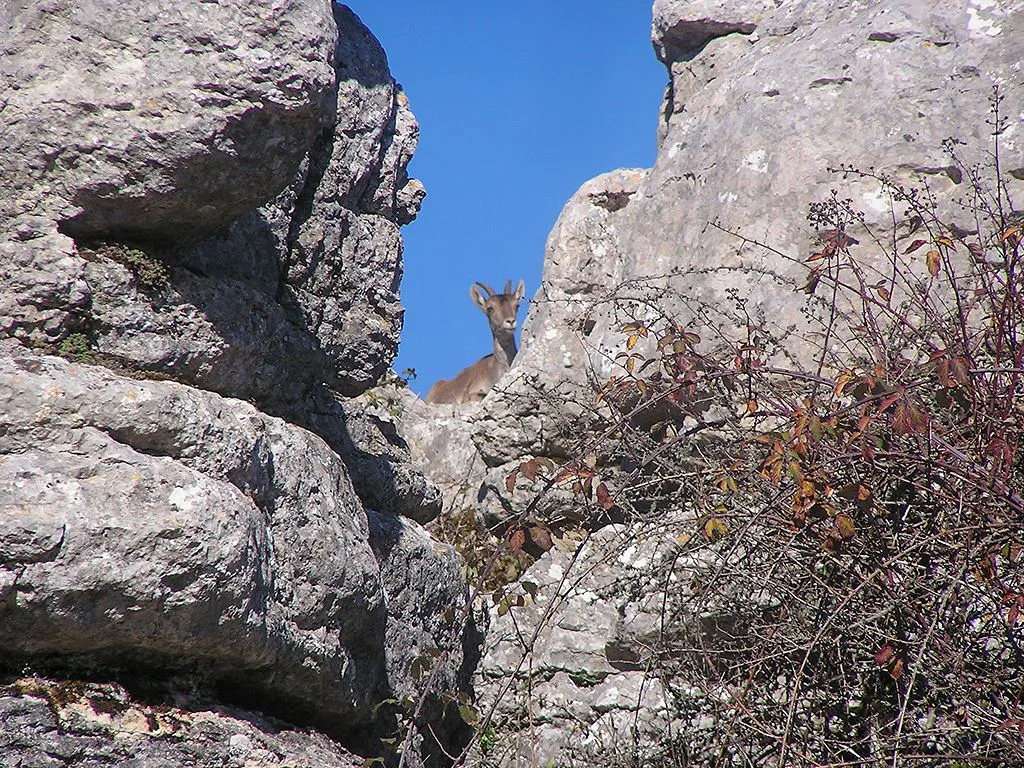
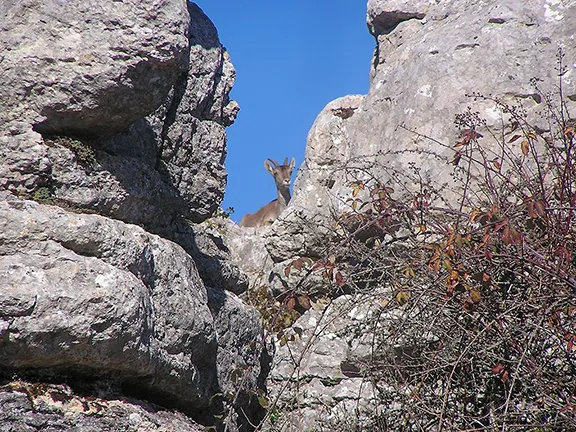
Ibex are gregarious creatures. They roam their range in herds. Males tend to stick together, living apart from the herds of females with their young, except during the rutting season when the males actively seek out the females. The males start to compete in late summer by charging at each other. The sharp cracking sound as their foreheads and antlers come together is quite distinctive. These early battles help the male ibex position themselves in the hierarchy of their herd. The summer and autumn competitions are only a warm up, a rehearsal for the December to January rutting period when the females are receptive. During this period the males that proved dominant in the early bouts are chosen by the females.
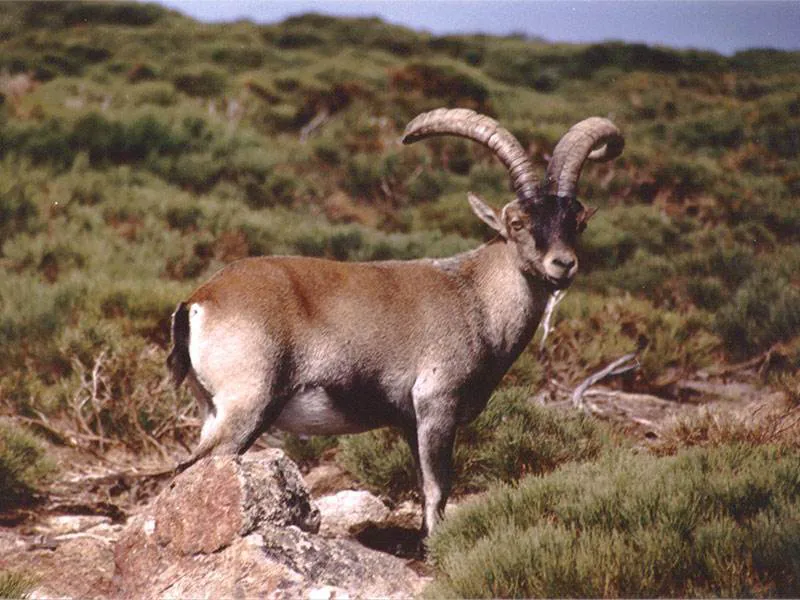
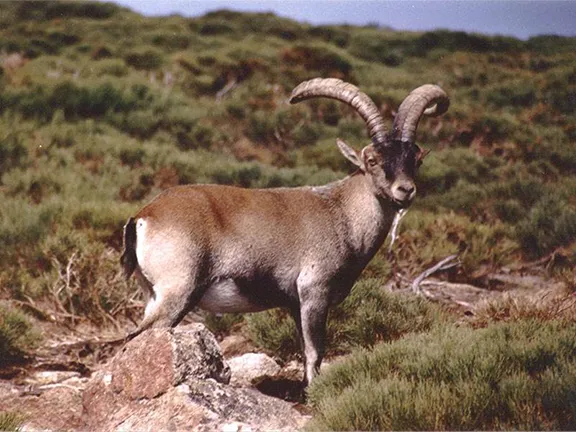
Breeding occurs from November to December, peaking in the first half of December. Females in estrus signal to males that they are ready to mate by producing certain pheromones. The gestation period is between 161 and 168 days. The peak birthing period is in mid-May. Females breed every year and typically have 1 or 2 young per year. Females often find a remote, inaccessible location with thick brush for birthing. After giving birth, females and young congregate in groups. Males are full grown and reach sexual maturity at age three. Females are full grown and reach sexual maturity at age 1.5. Ibex live for up to 16 years.
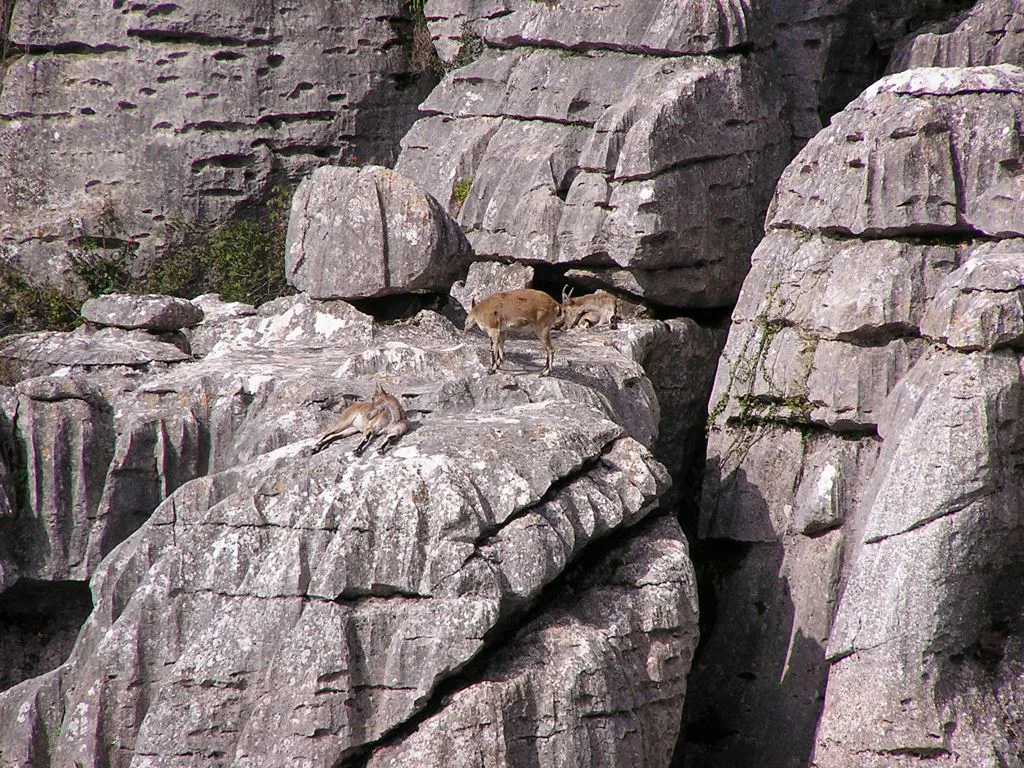
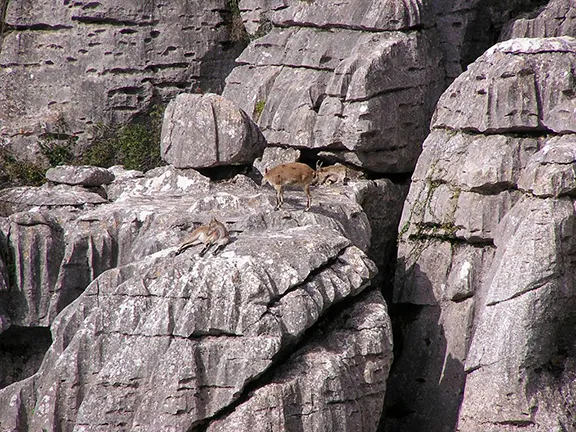
Spanish ibex live in mountainous terrain generally above 800 metres. They prefer forested areas with rock outcroppings, and a mix of coniferous and deciduous trees. Forests with multiple strata in the canopy are preferred. The lower canopy strata provides shade cover to allow the animals to escape the heat during mid-day.
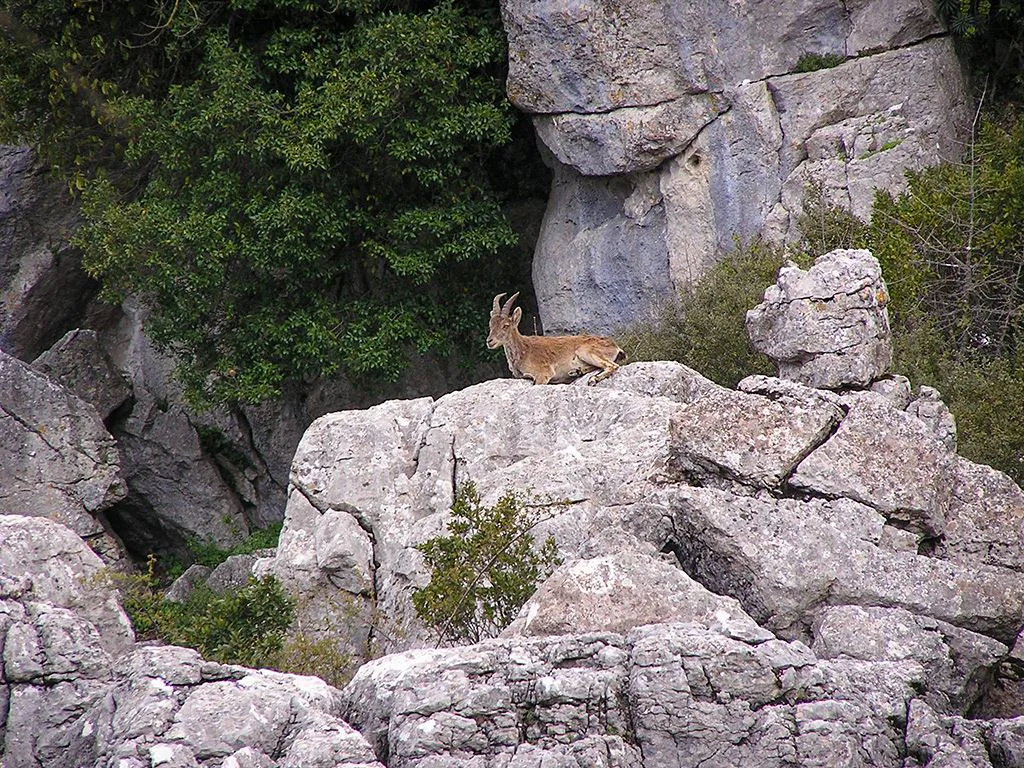
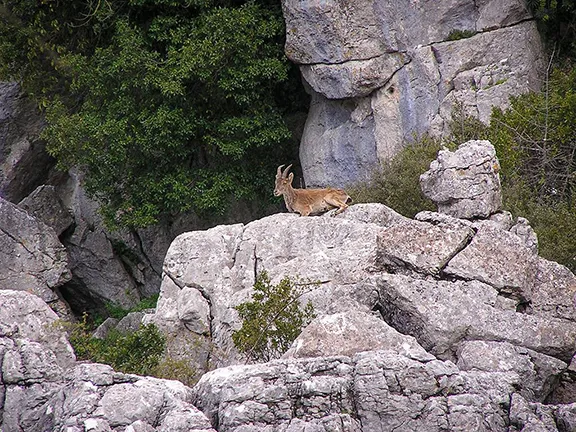
The ideal balance of ibex to landscape, to allow the vegetation to regrow after grazing and to provide enough fodder for each ibex is 1 ibex per hectare, which is quite dispersed. A small herd of 10 would try to maintain a range of 10 hectares. They are also shy, hardly surprising since they are actively hunted between November and May. Although there are many ibex in Andalucia you are still lucky to spot these elusive animals.
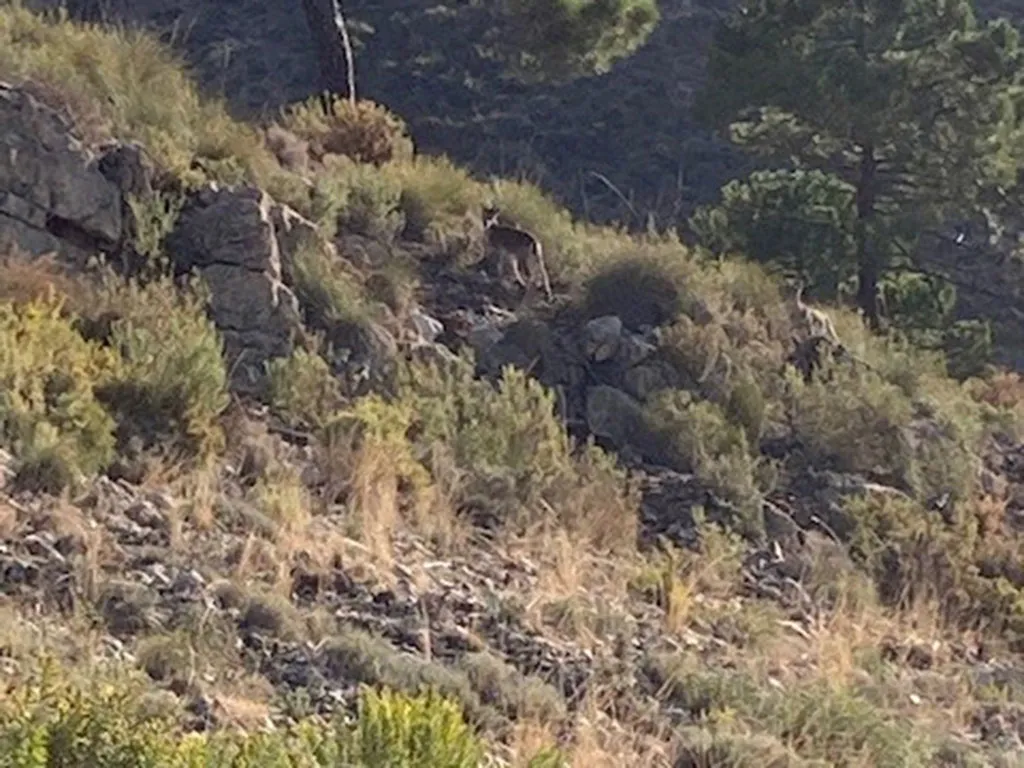
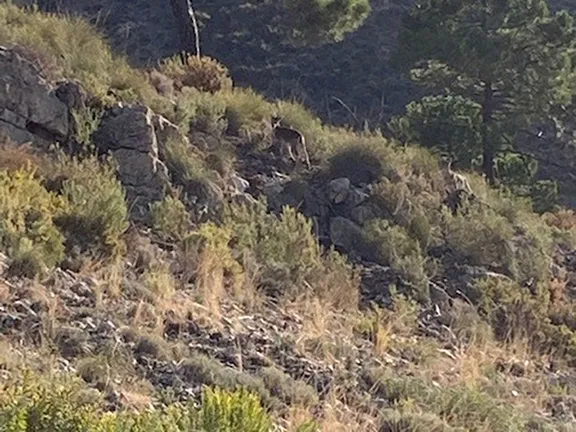
Ibex near Competa - Image by Martha Bolt
Torcal – Málaga province. El Torcal, near Antequerra is a good place to go if you want to see an ibex or two. They seem to be less shy than ibex in other areas, probably because they have started to become used to people. First thing in the morning is best, before the crowds arrive. Look up at the inaccessible (for humans) crags about ½ kilometres into the walk.
Sierra Nevada – Granada province. There is reputedly a large population of ibex in the Sierra Nevada. We found a small male herd on the mountainside just off the end of the A395, beyond the barrier, at a place called Hoya de la Mora.
Sierra Almagrera – Almeria province. A small herd of females with their young include the Barranco Jaroso in their range. This group was very shy.
Sierra Crestellina – Málaga province. A herd of females and young near to the refugio above Casares. This group were very skittish and disappeared into the undergrowth before I could focus the camera.
Serrania de Ronda – Málaga province. We have walked all over the Serrania de Ronda and, to date, have never seen an ibex although they are supposed to be abundant, about 10% of the population in Andalucia.
Sierra de Grazalema – Cádiz province. We have only done a couple of walks in the Grazalema area, more on the western side of this Sierra, and have failed to see any ibex. Others report seeing groups between Grazalema and Zahara de la Sierra.
Los Alcornocales Parque Natural – Cádiz province. There are supposed to be numbers in the park although we have never seen any. We did see a fallow deer on one walk, on the way up Aljibe.
These elusive and beautiful animals are not classified as endangered, but conservation efforts directed towards preserving their habitat are taking place in the Sierras de Cazorla, Segura y Las Villas Natural Park.
I am sure there are many other places to see them. Feel free to comment with your sightings.